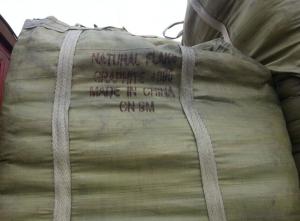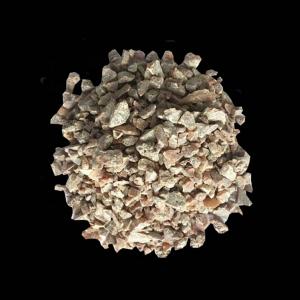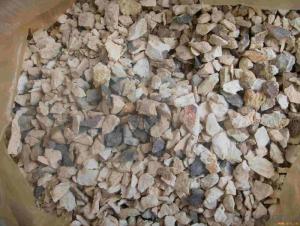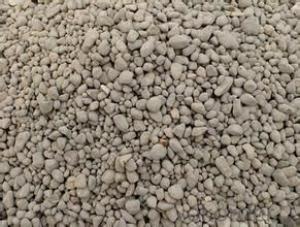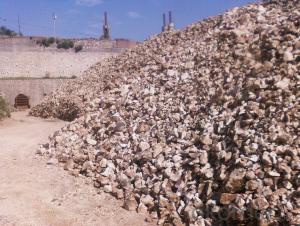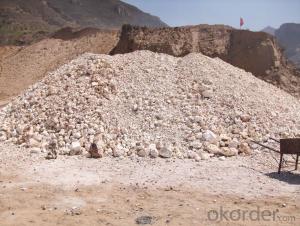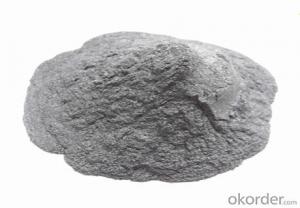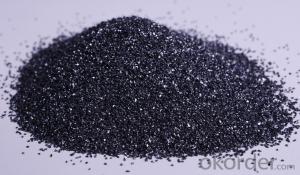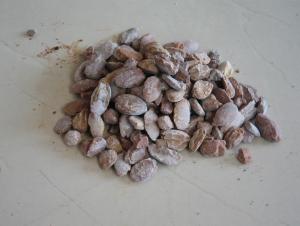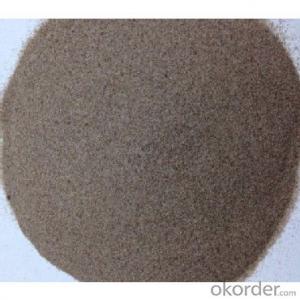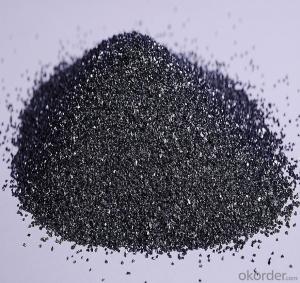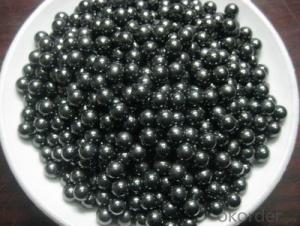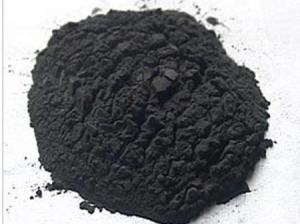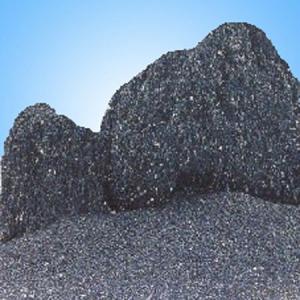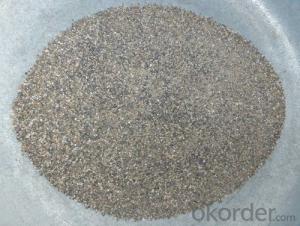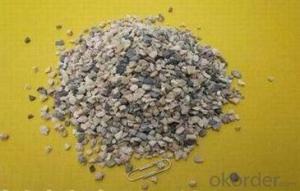All Categories
- - Steel Wire Rod
- - Steel Coils
- - Steel Profiles
- - Steel Pipes
- - Stainless Steel
- - Tinplate
- - Special Steel
- - Steel Sheets
- - Steel Rebars
- - Steel Strips
- - Hot Rolled Steel
- - Cold Rolled Steel
- - Pre-painted Steel
- - Seamless Steel Pipe
- - Welded Steel Pipe
- - Hollow Steel Tubes
- - Galvanized Pipe
- - Stainless Steel Coil
- - Stainless Steel Sheet
- - Stainless Steel Plate
- - Stainless Steel Strips
- - Electrolytic Tinplate Coil
- - Electrolytic Tinplate Sheet
- - Stainless Steel Rebars
- - Solar Panels
- - Solar Water Heater
- - Solar Related Products
- - Solar Inverter
- - Solar Cells
- - Solar Light
- - Solar Energy Systems
- - Solar Controllers
- - Solar Mounting System
- - Solar Pump
- - Solar Chargers
- - Fiberglass Chopped Strand
- - Fiberglass Mesh Cloth
- - Composite Pipes
- - FRP Pultrusion Profiles
- - Fiberglass Mat Tissue
- - Fiberglass Fabrics
- - Fiberglass Mesh
- - Composite Tank
- - Fiberglass Mesh tape
- - Polymer
- - FRP Roofing Panel
- - Fiberglass Roving
- - Monolithic Refractories
- - Ceramic Fiber Products
- - Refractory Bricks
- - Raw Materials For Refractory
- - Suspended Platform
- - Cranes
- - Concrete Machinery
- - Earthmoving Machinery
- - Building Hoist
- - Road Building Machinery
- - Plastic Pipe Fittings
- - Plastic Tubes
- - Plastic Sheets
- - Agricultural Plastic Products
- - Plastic Nets
Q & A
What is the difference between high-alumina and alumina-chrome refractories?
High-alumina refractories are made primarily from alumina, which is a compound of aluminum and oxygen. These refractories have a high alumina content, typically above 70%, and are known for their excellent resistance to high temperatures and thermal shock. They are commonly used in various industrial applications, including steelmaking, glass manufacturing, and cement production.
On the other hand, alumina-chrome refractories are a combination of alumina and chromium oxide. The addition of chromium oxide enhances the refractory's resistance to chemical attacks and erosion, making it more suitable for harsher environments where high temperatures and corrosive substances are present. Alumina-chrome refractories are often used in industries such as petrochemicals, chemical processing, and incineration.
In summary, the main difference between high-alumina and alumina-chrome refractories lies in their composition. High-alumina refractories predominantly contain alumina, while alumina-chrome refractories incorporate both alumina and chromium oxide, providing superior resistance to chemical corrosion.
How is mullite brick obtained and processed for refractory use?
Mullite brick is obtained by carefully selecting and processing high-quality raw materials such as alumina and silica. The raw materials are mixed together and shaped into brick form using either a dry press or a plastic forming method. The formed bricks are then dried and fired at high temperatures, typically above 1600°C, to achieve the desired mullite crystal structure. This firing process ensures the bricks have excellent thermal stability and resistance to high temperatures, making them suitable for refractory applications.
What are the refractory raw materials used in lining electrostatic precipitators?
The refractory raw materials commonly used in lining electrostatic precipitators are typically high-temperature resistant materials such as alumina, silicon carbide, and various types of refractory bricks. These materials are chosen for their ability to withstand the harsh operating conditions within the precipitator, including high temperatures, corrosive gases, and abrasive particles.
Can you explain the role of calcium oxide in refractory applications?
Calcium oxide, also known as quicklime or burnt lime, plays a crucial role in refractory applications. It is commonly used as a binding agent in the production of refractory bricks and other shaped refractories. When mixed with other materials, such as silica, alumina, and magnesia, it undergoes a chemical reaction, forming calcium silicates, calcium aluminates, and calcium magnesia-aluminates.
These calcium compounds provide strength and stability to the refractory structure, enhancing its resistance to high temperatures, thermal shocks, and chemical corrosion. Calcium oxide also acts as a flux, facilitating the fusion of other refractory materials during the firing process. It helps to reduce the melting point of these materials, improving their workability and ensuring they can withstand extreme heat conditions.
Furthermore, calcium oxide contributes to the formation of a protective layer on the refractory surface, known as a slag, when exposed to molten metals or harsh industrial environments. This slag helps to prevent the erosion and penetration of molten materials into the refractory lining, extending its lifespan and overall performance.
In summary, calcium oxide serves as a vital component in refractory applications by providing binding properties, enhancing thermal resistance, acting as a flux, and contributing to the formation of protective slag layers.
Wholesale Raw Materials For Refractory from supplier in Liberia
Whether you are in need of raw materials for manufacturing refractory bricks, castables, or other refractory products, our company in Liberia is here to meet your needs. As a supplier, we are dedicated to providing high-quality raw materials that meet industry standards.
Our sales team is available to assist you with any inquiries or requests for quotations. We understand the importance of competitive pricing and strive to offer the best prices for our raw materials. Additionally, we can provide technical support to ensure that you select the right raw materials for your specific requirements.
Being a subsidiary of CNBM, a Fortune Global 500 company, gives us a competitive edge in the market. We have access to a vast network of suppliers and resources, enabling us to offer convenient one-stop procurement services. This means that you can rely on us for all your raw material needs, saving you time and effort.
With years of experience operating in Liberia, we have gained valuable insights into the local market. We understand the unique challenges and requirements of projects in this region. Our team can provide expert advice and guidance to help you enhance your projects and achieve optimal results.
In summary, as a specialist supplier of raw materials for refractory products in Liberia, we offer a comprehensive range of products and services. We are committed to providing high-quality materials, competitive prices, and excellent customer support. Partner with us to benefit from our extensive product portfolio, convenient procurement services, and expertise in the Liberian market.
Our sales team is available to assist you with any inquiries or requests for quotations. We understand the importance of competitive pricing and strive to offer the best prices for our raw materials. Additionally, we can provide technical support to ensure that you select the right raw materials for your specific requirements.
Being a subsidiary of CNBM, a Fortune Global 500 company, gives us a competitive edge in the market. We have access to a vast network of suppliers and resources, enabling us to offer convenient one-stop procurement services. This means that you can rely on us for all your raw material needs, saving you time and effort.
With years of experience operating in Liberia, we have gained valuable insights into the local market. We understand the unique challenges and requirements of projects in this region. Our team can provide expert advice and guidance to help you enhance your projects and achieve optimal results.
In summary, as a specialist supplier of raw materials for refractory products in Liberia, we offer a comprehensive range of products and services. We are committed to providing high-quality materials, competitive prices, and excellent customer support. Partner with us to benefit from our extensive product portfolio, convenient procurement services, and expertise in the Liberian market.
Hot Search
- Monolithic Refractories in Morocco
- Ceramic Fiber Products in Iran
- Refractory Bricks in Timor Leste
- Raw Materials For Refractory in Iceland
- Ceramic Fiber Products in Sweden
- Monolithic Refractories in Algeria
- Raw Materials For Refractory in Kazakhstan
- Ceramic Fiber Products in Cuba
- Refractory Bricks in Palestine
- Ceramic Fiber Products in Angola
